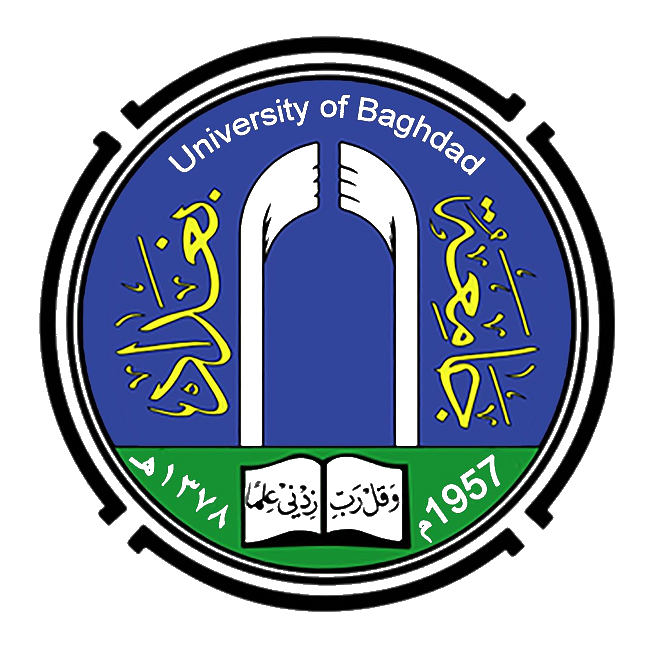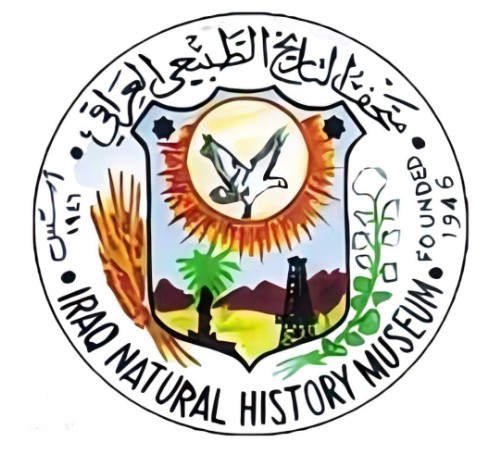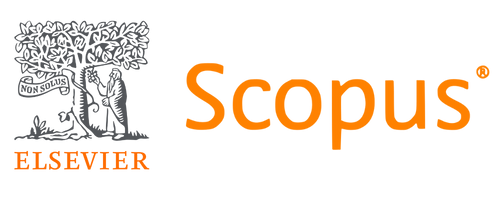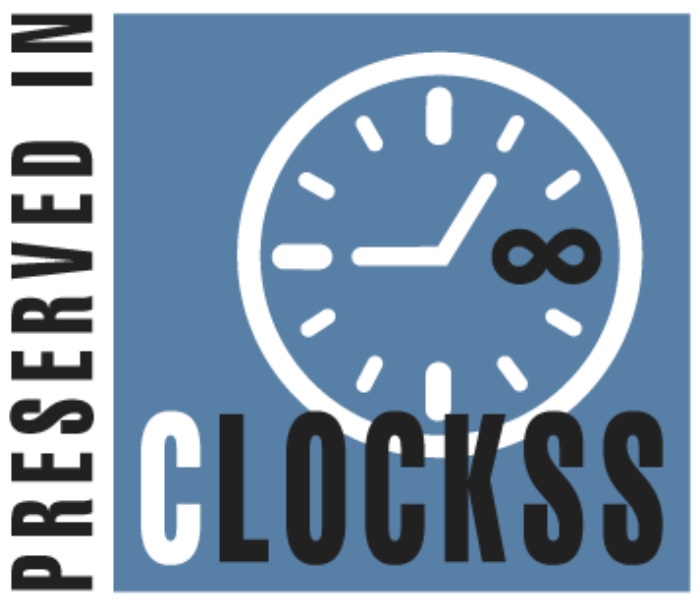Instructions
Important note:
Please note that we will be able to process your submission only after receiving the required forms.
All the following forms: copyright, animal welfare statement, authorship contribution statement, and checklist statement are required to be sent. These forms can be downloaded for this link: Click here
Please read the following instruction carefully for speedy publication of your manuscript. The editor reserves the right to return the manuscript if it is not prepared according to the following instructions.
Publishing Ethics
By submitting a manuscript, the authors affirm that the work is original, has not been published in parts or in full and is not being submitted for publication in any other journal. The materials included in the manuscript do not violate the copyright of anyone. As a publishing policy of the journal, all the manuscripts are checked for plagiarism before reviewing process.
Preparation of Manuscript
Failure to do so will result in return of the manuscript and delay in publication process. We ensure speedy review and the publication process, therefore, authors’ cooperation is highly encouraged in this regards.
The manuscript should be preferably prepared in Word 2003 – 2010 and should be submitted through our electronic submission system.
The author should register first using link below:
http://jnhm.uobaghdad.edu.iq/index.php/BINHM/user/register
Title of the Manuscript
The title of the manuscript should be complete, comprehensive and should denote the essence of work, title must be written in capital letter without bold type (Including the scientific name provided that it is in italic type).
Names of Authors and their Affiliations
Each author should be identified using superscript. The corresponding author name should also carry an asterisk for identification, and E- mail of corresponding author as fallow:
- Ahmed Ali Al- Ali
Department of Biology, Collage of Science, Kufa University, Al-Najaf, Iraq
E-mail: ……………[email protected]
- Ahmed Ali Al- Ali* and Hassan Ali Al- Saffar
Department of biology*, Collage of Science, Kufa University, Al-Najaf, Iraq
Corresponding author: ……………[email protected]
- Ahmed Ali Al- Ali * and Hassan Ali Al- Saffar**
* Department of Biology, Collage of Science, Kufa University, Al-Najaf, Iraq
** Department of Biology, Collage of Science, University of Baghdad, Baghdad, Iraq
¨Corresponding author: ……………[email protected]
- Ahmed Ali Al- Ali*, Hassan Ali Al-Saffar** and Ali Saud Al-Baiyti ***
* Department of Plant Protection, Collage of Agriculture, Wasit University, Wasit, Kut, Iraq.
** Department of Biology, Collage of Science, Kufa University, Al-Najaf, Iraq.
*** Department of Geology, Collage of Science, University of Baghdad, Baghdad, Iraq.
¨Corresponding author: ……………[email protected]
- Ahmed Ali Al-Ali, Hassan Ali Al-Saffar and Ali Saud Al-Baiyti (Without star if all authors at the same affiliation)
Department of Entomology and Invertebrates, Iraq Natural History Museum, University of Baghdad, Baghdad, Iraq
¨Corresponding author: ……………[email protected]
ABSTRACT (Capital letter and at the middle page)
The abstract should not be more than 200 words. It should contain the objective; methods use to conduct the research, clear description of results, and a brief conclusion drawn from the results. References and discussion should not be included in this section.
An abstract in Arabic is required. (For Non-Arabs translation will be provided by Bulletin of the Iraq Natural History Museum office).The Arabic abstract should be inserted after Literature cited.
Keywords
Key words should describe the studied problem as best possible. They should not be less than 5 words, and arranged alphabetically.
INTRODUCTION (Capital letter and at the middle page)
This section should provide information on the importance of the problem and clear objective of the study. Every statement must be supported by a literary source in the journals that had been published to date. It is advised to provide recent references from impact factor journals. References containing one or two names of the authors should be cited by the names of the authors (e.g. Steel, 1984 or Steel and Torrie, 1980). Any reference carrying more than 2 authors should be denoted by first author and et. al. should be included (Martin et al., 2011). If more than one paper is cited by the same set of authors they should be differentiated by year (a, b, c) both in the text and references. Several papers cited should be arranged according to the year in an ascending manner.
MATERIALS AND METHODS (Capital letter and at the middle)
All procedures, analytical methods, experimental design and preliminary materials should be provided with detail in this section. Relevant references should be quoted for a particular analytical methodology. Complete statistical procedures should be produced under separate heading of ‘statistical analysis’ [Short communications without materials and methods].
RESULTS AND DISCUSSION (Capital letter and at the middle page)
Note: or written separated from each other.
The results of the study, including their statistical details should be presented graphically or in table form. In this section, the results obtained should be recorded in text form and table data should not be repeated. Results should be clear and concise. Detailed discussion should be produced in this section with relevant references; preferably most recent citation should be included. Discussion should be at a point, explain and supports the results.
Figures: (hand drawing types).
Plates: (Photographic pictures).
Diagrams: (Curved and Graphic formats).
Tables and Maps.
Note: Images, maps, and figures must be high-quality and in TIFF format, and their size must not exceed 500 k.b.. Additionally, a scale bar must be added to plates and drawings "Figures".
.
The Figures, Plates, Diagrams and Maps must be put through the text, and their titles must be written as fallow:
Figures, Plates and Diagrams: The title written at the bottom of they Figure (1); Diagram (1): …. etc. with bold type; in text[at the beginning of paragraph they must be written as: Map (1), Figure (1) ……. etc.; but if they come at the end of paragraph, they will be written as: (Map 1 ), (Fig. 1), (Pl.1) and (Diag. 1).
Tables: The title written at the top of them with bold type: Table (1); but in text [at the beginning of a paragraph written as: Table (1); but if it comes at the end of the paragraph it will be written as: (Tab. 1).
CONCLUSIONS (Capital letter and at the middle page)
They can make the reader's task easier. With a good conclusion, the author(s) can pull all the threads of the manuscript details together and relate them to the initial purpose for aim the paper. In other words, the conclusion should confirm for the other researchers or readers that the manuscript's purpose has been achieved.
ACKNOWLEDGMENTS (Capital letter and at the middle)
If present, the person who helps the author and (his/ here) works address, and not more than 5 lines.
CONFLICT OF INTEREST STATEMENT (Capital letter and at the middle)
Conflict of interest statement should be added. Example “ The authors declare no conflict of interest”.
LITEREATURE CITED (Capital letter and at the middle)
List of references should be arranged alphabetically in the following style. Important Note: Please add the DOI for all listed references.
Reference to a journal publication: (The name of journals should be written in full and italic type).
Roche, G. C. 2007. Conspectus of the sphecid wasps of Egypt (Hymenoptera: Ampulicidae, Sphecidae, Crabronidae). Egyptian Journal of Natural History, 4(2): 12-149.
Liu, D. Y. and Baker, H. 1992. Morphology of spermatozoa bound to the zonapellucida of human oocytes that failed to fertilize in vitro. Journal of Reproduction and Fertility, 94: 71-84.
Mahmoud, S. S., Mohammad, M. K. and Ali, S. Y. 2000. Intensity and histopathological effects of the nematode Hartertia gallinarum (Theiler, 1919) on seesee partridge, Ammoperdix griseogularis (Brandt, 1843) collected from Qaara area, west of Iraq. Bulletin of the Iraq Natural History Museum, 9(2): 45-55.
Reference to a book:
Kaufmann, J. 1996. Parasitic Infections of Domestic Animals: A Diagnostic Manual. Springer Basel, xvi + 423 pp.
Romanoff, A. L. and Romanoff, A. 1949. The Avian Egg. 1st edition, John Wiley and Sons Co., New York, 500 pp.
Schmidt, M. W. and Poli, S. 2014.Devolatilization during subduction. In: Rudnick, R. L. (ed.), Treatise on Geochemistry: The Crust, 2nd edition, Elsevier, Amsterdam, p 669–701.
Steel, R. G. and Torrie, J. H. 1980. Principle and Procedures of Statistics. 2nd edition, McGrow-Hill Book Co., Inc, New York, 467pp (Chapter 8: 333-362).
Notes: short communications not more than three pages.
Author can download a manuscript template from the link below:
https://drive.google.com/file/d/1ULj2h6xdY7PIcuCnhSNutC1g9_MZAXVh/view
For short communication / Must use the following tips :
A short communication is intended for the presentation of brief observations that do not warrant a full-length paper. The short communication should be submitted the same way as a full-length paper.
The Short Communication manuscript in general:
- The Total length should not exceed five standard pages, including illustrative materials, with the exception of the Arabic abstract.
- The text consists of the following sections:
- TITLE OF THE MANUSCRIPT
- ABSTRACT (It must be limited to 100 words).
- INTRODUCTION
- Presenting the results and including the materials. The methods showed have a briefly of this (The title of this part is determined by the author(s) according to the case of his study, for example: Description of the new record species, Environmental observations, Behavioral observations, Identification key to the species, describing the new host record, .......etc). The sub-title headings can have be consisting with small and bold letters.
- CONCLUSIONS
- ACKNOWLEDGMENTS (optionally)
- CONFLICT OF INTEREST STATEMENT
- LITERATURE CITED
- Abstract in Arabic language (including the title of the manuscript)
The file size (Doc. Word 2010 or later) must not exceed 200 MB before uploading.
Submitted paper: https://jnhm.uobaghdad.edu.iq/index.php/BINHM/about/submissions
Copyright
On acceptance of the manuscript, the authors have to sign the copyright agreement of the manuscript. As regards the transfer of rights, the corresponding author assumes responsibility of all authors. The submitted manuscripts are published with understanding that all authors aware of the contents and agree to submit the manuscript to this journal. This is an open access journal which means that all content is freely available without charge to the user or his/her institution. Users are allowed to read, download, copy, distribute, print, search, or link to the full texts of the articles in this journal without asking prior permission from the publisher or the author. Authors would have to pay the minimum publication fee after acceptance of the manuscript.
Author can download a copyright from the link below
https://drive.google.com/file/u/2/d/1liUcCBXYajY101FUko1aqZZ9wEFJ7CjE/view?usp=sharing
Plagiarism
The Bulletin of the Iraq Natural History Museum does check plagiarism with AI similarity of submitted papers through Turnitin software; so that the percentage of plagiarism should not exceed 15%.










